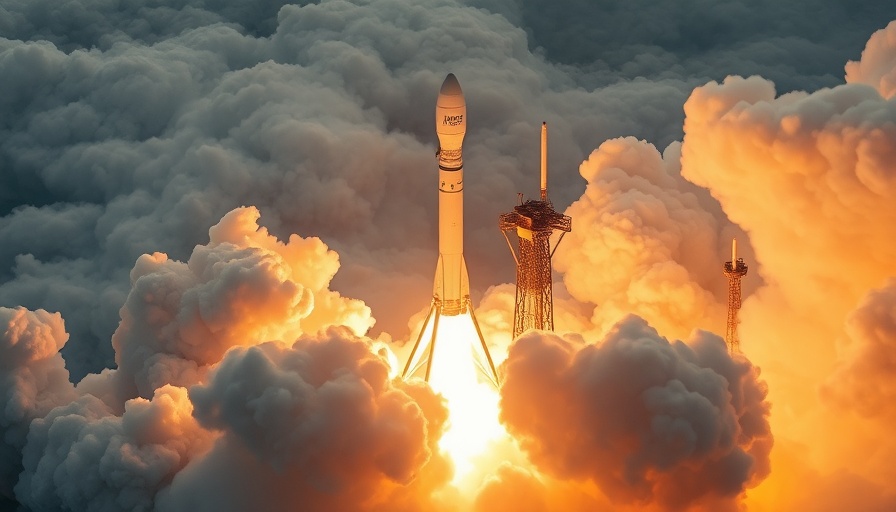
SpaceX's Latest Milestone: The Road to Launch
As anticipation builds for its eighth Starship launch, SpaceX is making significant strides in preflight preparations at its Starbase facility in Texas. The company has recently completed various static test fires of both its Super Heavy booster and the Starship, an essential step in ensuring the reliability and performance of its revolutionary launch system.
Historic Achievements in Rocket Design
The testing progress showcases SpaceX's commitment to pushing the limits of rocket technology. The Super Heavy booster, towering at 233 feet (71 meters), recently had all 33 of its Raptor engines fired during a full-duration static test. This test, a vital operational simulation, marks another step forward following the lessons learned from previous flights, especially following the mixed results of the IFT-7 mission where communications were lost mid-flight.
The Scale of the Mission
When stacked together for flight, the Super Heavy and Starship reach an astonishing height of 403 feet (123 meters), which makes them taller than the Statue of Liberty. This impressive scale underscores SpaceX's ambitious plans for deep space missions, further signaling the company's determination to secure a place as a leading force in space exploration. Future missions, including NASA's Artemis 3, plan to leverage Starship’s capabilities for lunar landings.
What Lies Ahead for SpaceX and Starship
SpaceX aims to rectify past issues encountered during IFT-7 and is looking forward to the upcoming integrated test flight (IFT-8). With each test, they are not only gathering data that informs future designs but also demonstrating advancements in rocket recovery technologies. Innovations such as the “chopstick arms” for booster recovery have revolutionized the approach to reusable rocket technology.
Community and Global Reactions
The prospect of successful Starship launches elicits excitement from space enthusiasts around the globe. Communities engaged in aerospace technology are watching closely, as these developments could significantly influence the space industry and beyond. Not only is SpaceX pioneering advancements in rocketry, they are also shaping the public's imagination about the future of human spaceflight and colonization.
Final Thoughts and Looking Forward
As SpaceX stands on the brink of another record-setting mission, the company's innovative spirit and resolve to advance space travel are evident. The upcoming IFT-8 has the potential to lay critical groundwork for not only lunar exploration but also future manned missions to Mars, making it a historic moment in aerospace engineering.
 Add Row
Add Row  Add
Add 




Write A Comment